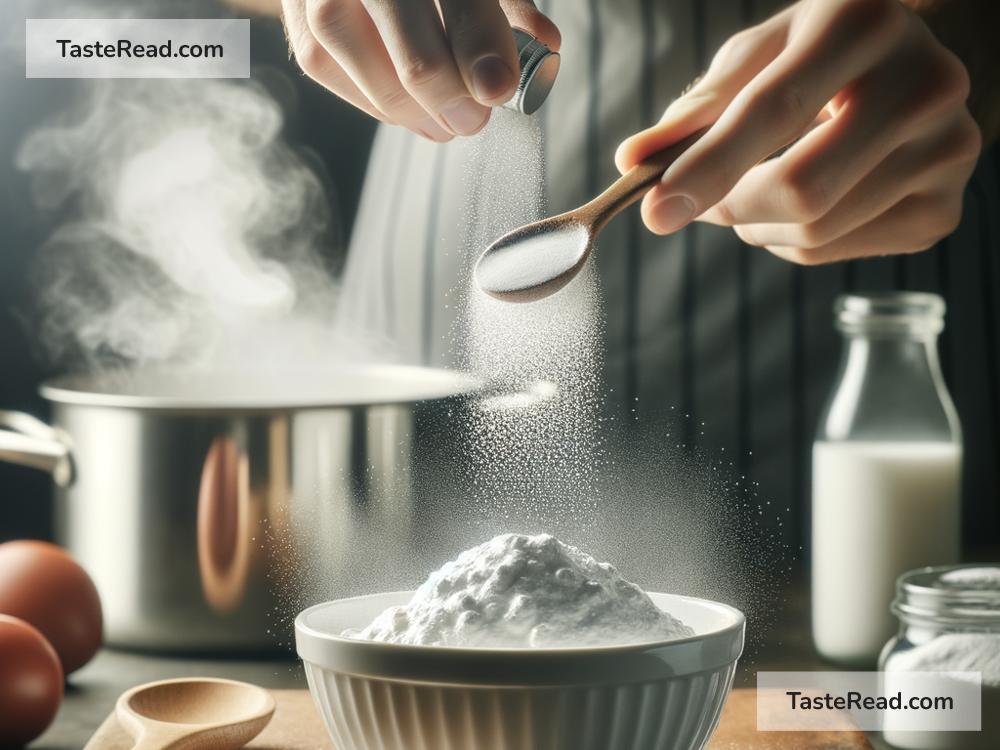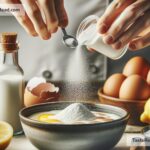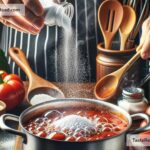The Science of Cooking with Chemical Reactions: Techniques and Tips
Cooking is more than just mixing ingredients and heating them up. Behind every delicious dish lies a fascinating world of science. When you cook, you are actually triggering chemical reactions that transform raw ingredients into tasty meals. Understanding these reactions can help you become a better cook and give you fun ways to experiment in the kitchen. In this blog, we’ll explore the science of cooking, focusing on key chemical reactions, techniques, and tips.
What Are Chemical Reactions in Cooking?
A chemical reaction happens when the molecules of one substance change and form something new. Cooking is full of these changes. For example, when you heat sugar, it melts and starts to caramelize, turning golden and sweet. When meat sizzles in a hot pan, the proteins break down and form flavors through a process called the Maillard reaction. These chemical reactions are what make cooking exciting—it’s like being both a chef and a scientist!
Common Chemical Reactions in Cooking
Let’s look at some chemical reactions that happen in everyday cooking:
1. Caramelization
Caramelization occurs when sugars are heated. This reaction changes the sugar into a deep, golden color and creates a rich, sweet flavor. You’ve seen caramelization happen if you’ve ever made caramel sauce or roasted vegetables until they turn brown and sweet.
Tip: To caramelize vegetables, roast them at high temperatures (around 375°F/190°C). The natural sugars will caramelize, adding flavor to your dish.
2. Maillard Reaction
The Maillard reaction is the chemical reaction that gives cooked food—like seared steak, fried chicken, or toasted bread—its delicious browned color and complex flavor. When proteins and sugars are exposed to high heat, they react and form new compounds, creating rich, savory flavors.
Tip: To get a perfect Maillard reaction, make sure your meat is dry before searing it. Use high heat and don’t overcrowd the pan, as too much moisture will prevent browning.
3. Leavening
When you bake bread or cakes, chemical reactions help your dough rise. Yeast, baking soda, and baking powder release gases like carbon dioxide during cooking, which create air pockets in your baked goods. This is why bread becomes fluffy instead of flat!
Tip: Measure your ingredients carefully when baking. Too much or too little baking powder or soda can affect how your cake rises.
4. Emulsification
Ever wondered how mayonnaise or salad dressing stays creamy? That’s emulsification—a process where fat and water are mixed and held together by an emulsifying agent like eggs or mustard. Normally, fat and water don’t mix, but emulsifiers bring them together to create a smooth texture.
Tip: To make a stable emulsion, add the fat (like oil) slowly while whisking vigorously. This helps bind it together evenly.
5. Fermentation
Fermentation is the process where microbes like bacteria or yeast break down sugars to produce alcohol, acids, or gases. This reaction is key to making foods like bread, yogurt, kimchi, beer, and cheese. Fermentation adds unique flavors and textures to food.
Tip: Fermented foods require patience. Let them sit at the right temperature for enough time to develop their flavor. For example, sourdough bread needs a long fermentation process to achieve its tangy taste.
Cooking Tips Based on Science
Now that you know about these amazing chemical reactions, here are some easy techniques to bring science into your cooking:
1. Control Your Cooking Temperature
Heat is the key to activating most chemical reactions in cooking. Too much heat can burn food, while too little heat can prevent reactions from happening. Use a thermometer to keep an eye on your cooking temperatures, especially when baking or roasting.
2. Use Salt Wisely
Salt doesn’t just add flavor; it also affects how proteins and vegetables react. For example, salting meat before cooking helps draw out moisture, creating a better crust during the Maillard reaction.
3. Experiment with Acids
Acids like lemon juice, vinegar, and buttermilk can change the structure of food. For example, marinating meat in acidic ingredients tenderizes it by breaking down proteins. You can also add acidity to balance sweet or rich dishes.
4. Don’t Skip Resting Time
Some reactions continue even after cooking. For instance, letting meat rest after roasting allows the juices to redistribute, making it juicier. When baking, cakes need to cool to finish setting properly.
5. Combine Methods
Some dishes taste best when you combine multiple chemical reactions. For example, you might start by searing a roast to trigger the Maillard reaction, then finish cooking it slowly in the oven to tenderize the meat.
Cooking Science Can Be Fun!
Cooking with chemical reactions isn’t just practical—it’s also exciting. Experimenting with science in the kitchen can lead to creative dishes you’ve never tried before. The next time you brown butter, whip cream, or ferment vegetables, think of yourself as a scientist working on a delicious experiment!
Cooking is truly a blend of art and science, and learning about the reactions behind your favorite foods makes it even more rewarding. So grab your apron, test these tips, and dive into the incredible world of cooking chemistry. Who knows? You might discover a new flavor or technique that becomes your signature style.
Happy cooking—and experimenting!


